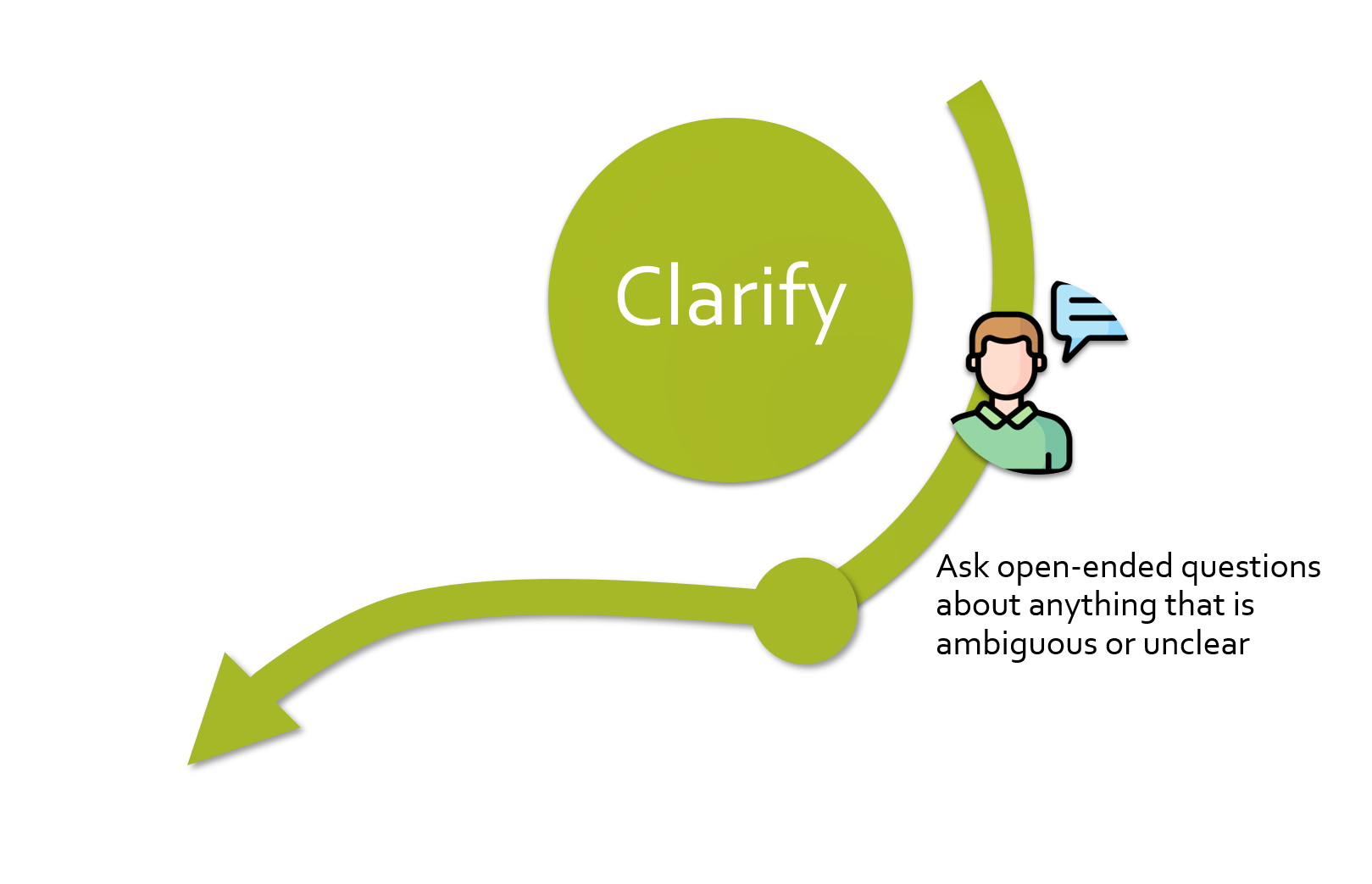
A closed question is simply one that the participant can answer 'yes' or 'no' to.
For example: Do you want a print-out of this information?
An open question requires a response with more detail, and invites the person responding to provide information into how they feel and what they think about a subject.
Open questions often begin with "What", "How" and "Why." Examples include:
- What would you like to know about this condition?
- Can I ask why you are looking for this information?
- How would you like to access the information - for example, written material, online resources?
Types of open question
Probing questions
- Encourage the person to give more in-depth information about their needs
- What? How?
- Can you tell me more about what you want/need to know about ...?
- What do you mean by…?
- Can you explain further?
Clarifying questions
Identify the specific aspects of the topic or elicit more facts. Sometimes you may need to ask closed questions to get specific information. Examples include:
- What is it about XX that you are looking for?
- There are many different types of XX. What would you like to know about?
- Do you need current or historical information
Questions to clarify what the person already knows
- E.g. if the person has had diabetes for a long time and knows a lot about it they won’t want introductory information
- What sources have you tried already?
- What have you already found out about xxx?
Focusing questions
Focusing questions elicit the specific information the person is looking for, so that you can focus your search down to the most relevant information. For example:
- Unfocused question: What would you like to know about diabetes?
- Focused question: What types of exercise would you be willing to undertake? How intense can the exercise be?
To confirm your understanding, you may also find it helpful to paraphrasewhat the other person has said - e.g:
- "In other words you are saying....."



![]()















